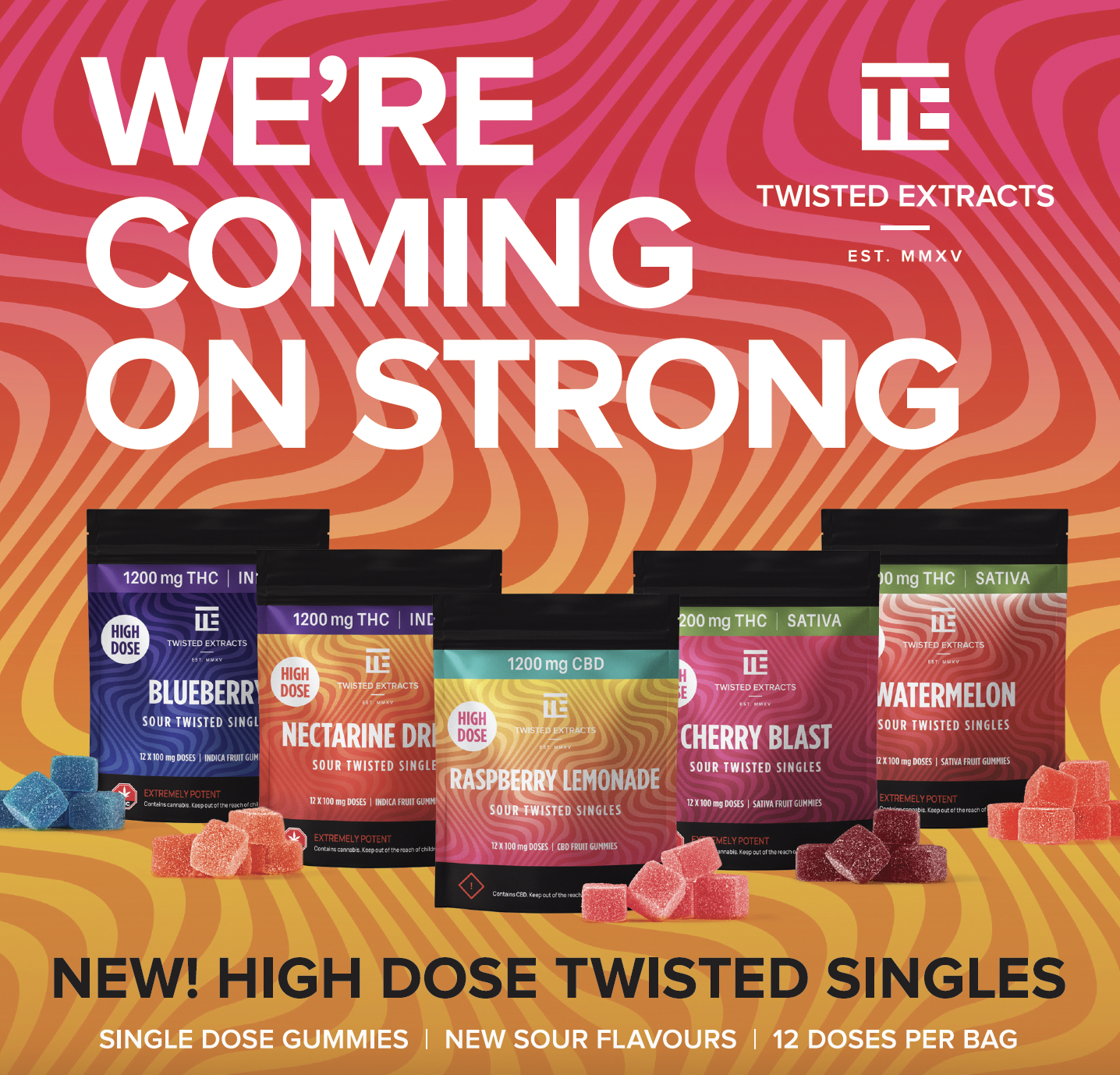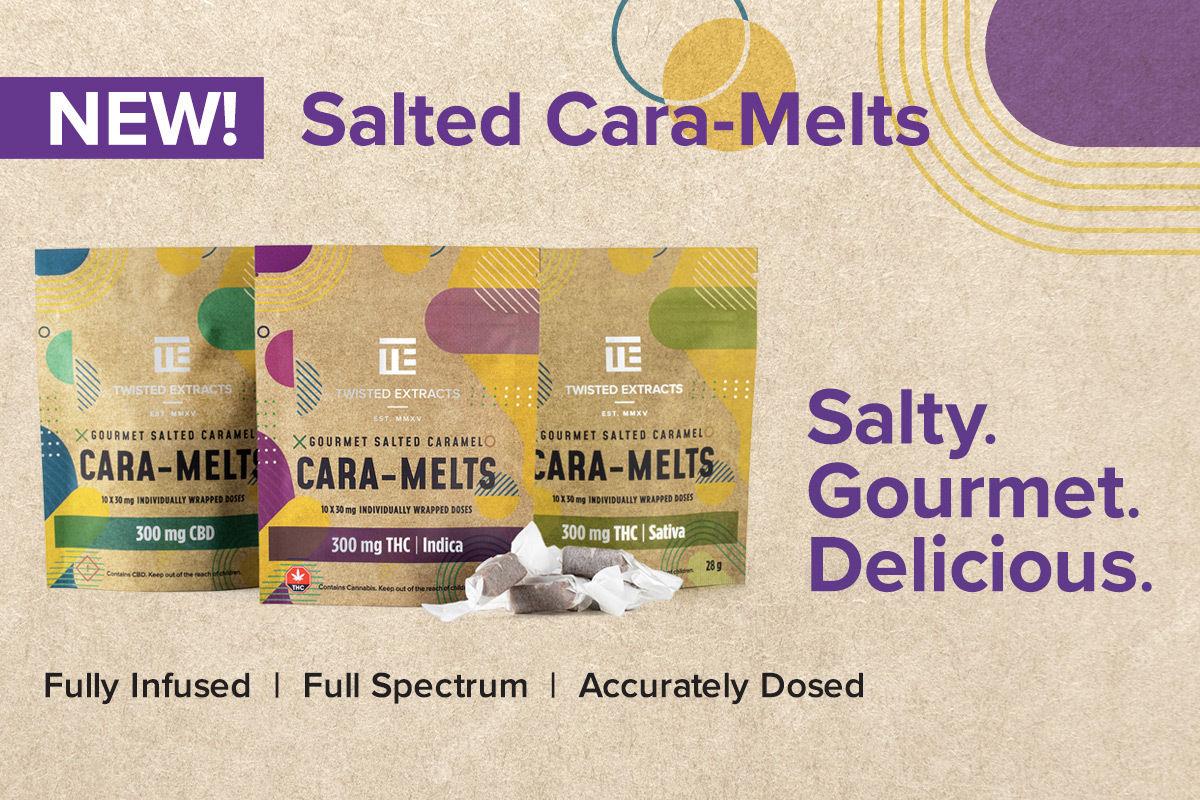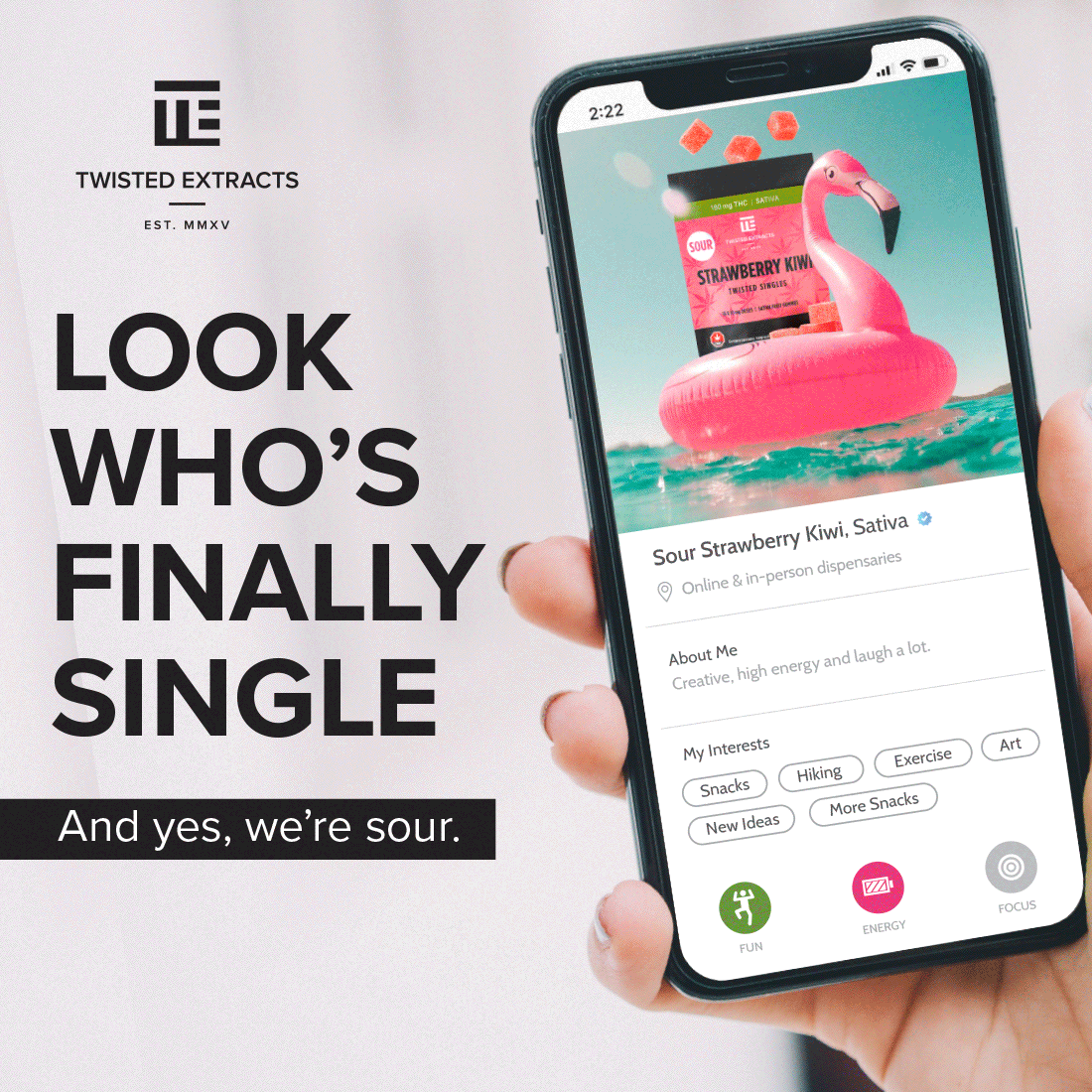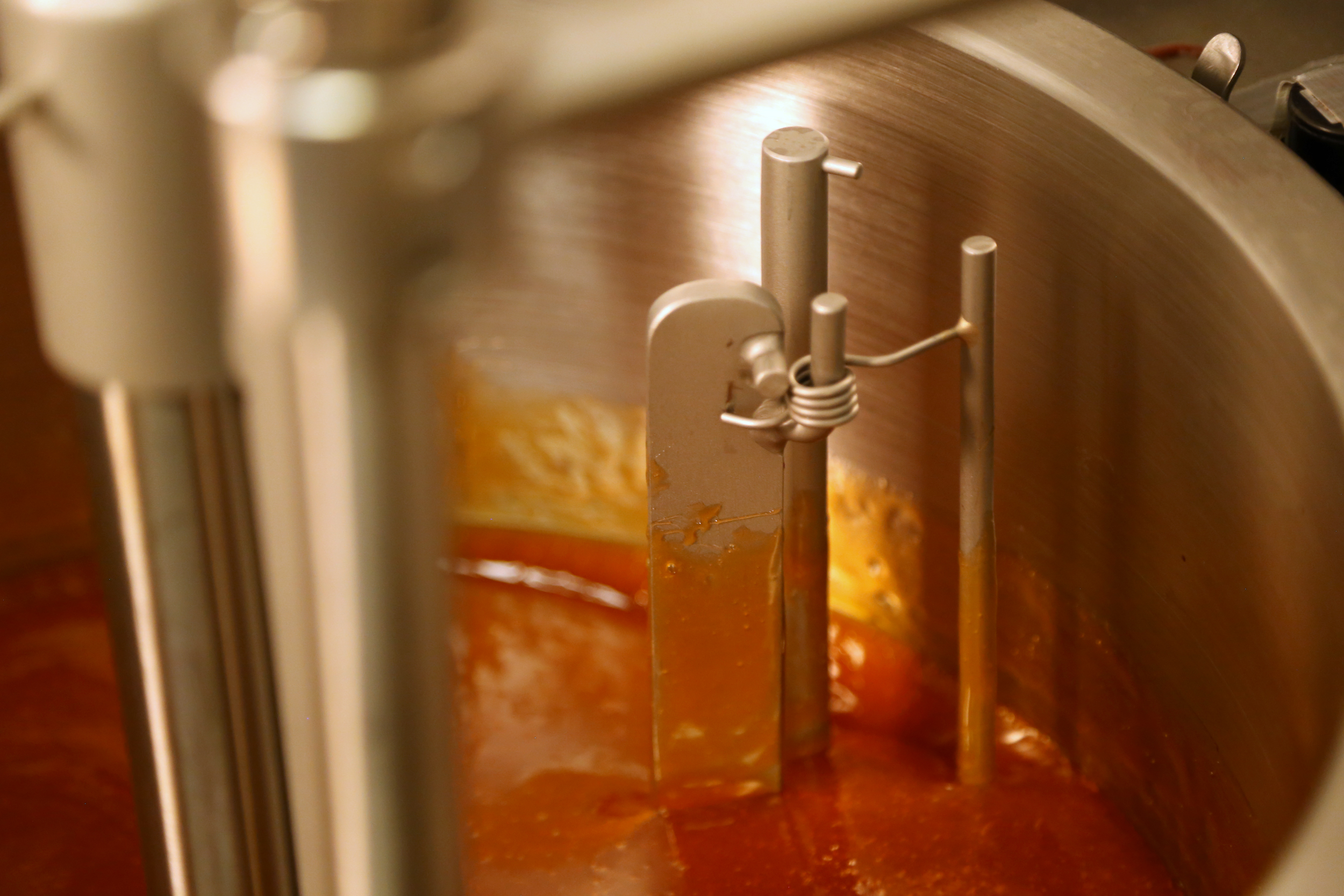
Painters prime. Musicians tune. Runners hydrate and weightlifters slam creatine. They all know that what they do before the main event is crucial to what happens during. Emerging science suggests the same is true for consuming cannabis. When it comes to absorbing THC and CBD what you eat before chewing an edible or smoking a joint could play an important roll in the experience and health benefits. It’s all about maximizing bioavailability.
Bioavailability is a common medical term that speaks to the amount of the active ingredients in a dose of medicine that actually reaches the intended destination. For instance, when you pop an Advil for a sprained ankle the liver and other steps along the digestion chain remove some of the ibuprofen. About 80 percent of the vitamin I gets to where you want it. That’s 80 percent bioavailability. Everyone processes medicines slightly differently, so bioavailability is more accurately a range. About 70 to 90 percent for Advil. Doctors, pharmacists and medical companies factor in this range of bioavailability when crafting suggested doses of medicine, whether prescription or off the shelf.

Because there are many forms and ways of consuming cannabis, understanding its bioavailability is more complicated, but also more important. It determines how much CBD and THC reaches the endocannabinoid system. In other words, how high you get and what medical benefits it brings. Many factors play a role, but consumption is the most important one.
For cannabis, bioavailability ranges from 50 percent to less than 10, depending on delivery. The most efficient method is inhaling. Studies peg availability at around 50 percent for vaping and a little lower at 40 percent for smoking. Rectal suppositories are closer to 13 percent. Sublingual, or absorbed in the mouth, might be as high as 20 percent. And no one is really sure about tinctures, except that CBD is more absorbable than THC.
All those methods benefit by bypassing the liver. Ingestibles go through the digestive system, which filters out things like THC and CBD, cutting bioavailability for gummies, brownies and oils to about 10 percent. In other words about 90 percent of the CBD or THC you eat doesn’t reach your endocannabinoid system. But don’t throw out your cannabis gummy just yet.
“What you eat impacts the bioavailability of all kinds of medicines and vitamins.”
Recent research suggests it is possible to improve the bioavailability by priming the body. What you eat impacts bioavailability of all kinds of medicines and vitamins. It’s why directions often say whether to consume with or without food. That’s especially true for fat soluble ones like vitamins A, D, E and K, which absorb best when consumed with fats. Cannabis is also fat soluble.
Researchers are investigating whether pairing it with the right fats could increase its bioavailability. The most promising are saturated fats. Saturated fats need to attach themselves to proteins in your body to move around (ie. low-density lipoproteins (LDL)). Thus, the human body has certain mechanisms that make it pretty good at moving fats around.
One study found that LDL piggy backs CBD and THC around the body, moving it more efficiently. Another showed that consuming vegetable oil with cannabis increased CBD concentrations in the blood threefold and THC more than double. A third study, this one published in Nature, found that administering cannabis with cholesterol in rats bypassed the digestive system, routing CBD through the lymphatic system, increasing CBD concentrations 250-fold and THC by 100-fold.

The science and understanding is still young, but it suggests that to make the most of a dose of CBD or THC make like a painter and prime the body first. Eating foods containing healthy saturated fat while consuming cannabis may increase the bioavailability. Things like organic dairy foods with 2% or more fat, eggs, meat, fish, shellfish, dark chocolate, cocoa butter and coconut oil are all good choices.
All of a sudden the munchies don’t seem like wasteful binge eating after all.
Did you like this article?
Sign up for our newsletter to make sure you're in the know about all of our new product releases, contests and more.





